Rooted in ancient Chinese philosophy, the concept of the Five Elements, or Wu Xing (五行), forms a cornerstone of traditional Chinese thought, influencing fields from medicine and astrology to art and architecture. More than just literal “elements,” Wu Xing represents a dynamic system of interconnected forces that govern the universe’s cyclical transformations. This framework reflects the Chinese worldview of harmony, balance, and the perpetual interplay between humanity and nature.
Origins and Philosophy
The Five Elements—Wood (Mu), Fire (Huo), Earth (Tu), Metal (Jin), and Water (Shui)—were first systematized during the Zhou Dynasty (1046–256 BCE). Unlike Western classical elements, Wu Xing emphasizes relationships and transitions rather than static substances. Each element symbolizes a phase of energy, a season, a direction, and aspects of human life, creating a holistic model for understanding existence.
The Elements and Their Symbolism
- Wood (Mu)
- Nature: Growth, expansion, vitality.
- Season: Spring.
- Direction: East.
- Human Aspect: Liver, kindness, creativity.
- Symbolism: Trees bending in the wind, resilience, and upward momentum.
- Fire (Huo)
- Nature: Passion, transformation, illumination.
- Season: Summer.
- Direction: South.
- Human Aspect: Heart, joy, leadership.
- Symbolism: Sunlight, warmth, and the spark of inspiration.
- Earth (Tu)
- Nature: Stability, nourishment, grounding.
- Season: Late summer (transitional period).
- Direction: Center.
- Human Aspect: Spleen, empathy, balance.
- Symbolism: Fertile soil, harvest, and the foundation of life.
- Metal (Jin)
- Nature: Precision, structure, refinement.
- Season: Autumn.
- Direction: West.
- Human Aspect: Lungs, integrity, discipline.
- Symbolism: Minerals, swords, and the clarity of autumn air.
- Water (Shui)
- Nature: Flow, adaptability, wisdom.
- Season: Winter.
- Direction: North.
- Human Aspect: Kidneys, introspection, resilience.
- Symbolism: Rivers, tides, and the depth of the unknown.
Interactions: The Cycles of Creation and Control
The essence of Wu Xing lies in its two fundamental cycles:
- Generating Cycle (Sheng)
- A harmonious sequence where elements nourish and give rise to the next:
Wood → Fire (wood fuels fire)
Fire → Earth (fire creates ash, enriching earth)
Earth → Metal (earth bears metal ores)
Metal → Water (metal condenses water vapor)
Water → Wood (water nourishes wood).
- Controlling Cycle (Ke)
- A regulatory balance where elements restrain one another:
Wood → Earth (roots break soil)
Earth → Water (earth channels water)
Water → Fire (water extinguishes fire)
Fire → Metal (fire melts metal)
Metal → Wood (metal chops wood).
These cycles illustrate the philosophy that balance arises not from stasis, but from dynamic interaction.
Applications in Traditional Practices
- Traditional Chinese Medicine (TCM): Wu Xing guides diagnosis and treatment. Organs, emotions, and ailments are linked to elemental imbalances. For example, excessive “Fire” might manifest as inflammation, treated with cooling herbs.
- Feng Shui: The elements inform spatial arrangements to optimize energy (Qi). A “Water” fountain in the north of a home may enhance career luck, while “Wood” plants in the east support health.
- Astrology and Divination: Birth elements determine personality traits and destiny in Chinese zodiac systems.
- Art and Culture: Classical paintings, ceramics, and poetry often evoke elemental themes, such as waterfalls (Water) or pine forests (Wood).
Wu Xing in Modern Contexts
Today, the Five Elements remain deeply relevant. They inspire sustainable design (e.g., balancing materials in architecture), wellness trends (element-focused diets or meditation), and even business strategies (aligning decisions with cyclical trends). The philosophy encourages a mindful approach to life—honoring natural rhythms and seeking equilibrium in a fast-paced world.
Conclusion: A Timeless Wisdom
The Five Elements transcend mere categorization; they embody a worldview where everything is interconnected and ever-changing. By understanding Wu Xing, we gain insight into how ancient Chinese culture sought to harmonize with the cosmos—a lesson in adaptability, respect for nature, and the pursuit of holistic well-being that resonates across time and borders.
In the dance of Wood, Fire, Earth, Metal, and Water, we find a mirror to life’s perpetual cycles—growth, transformation, and renewal. 🌱🔥🌍⚙️💧

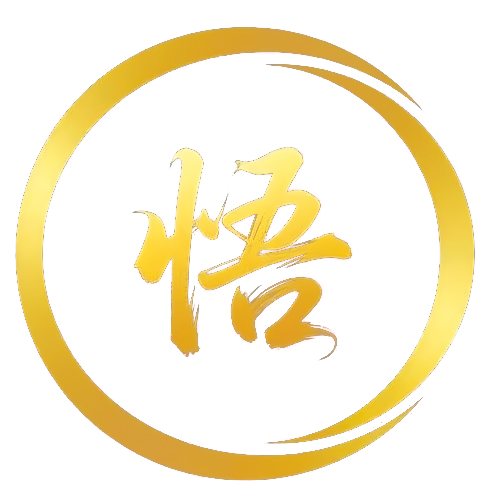
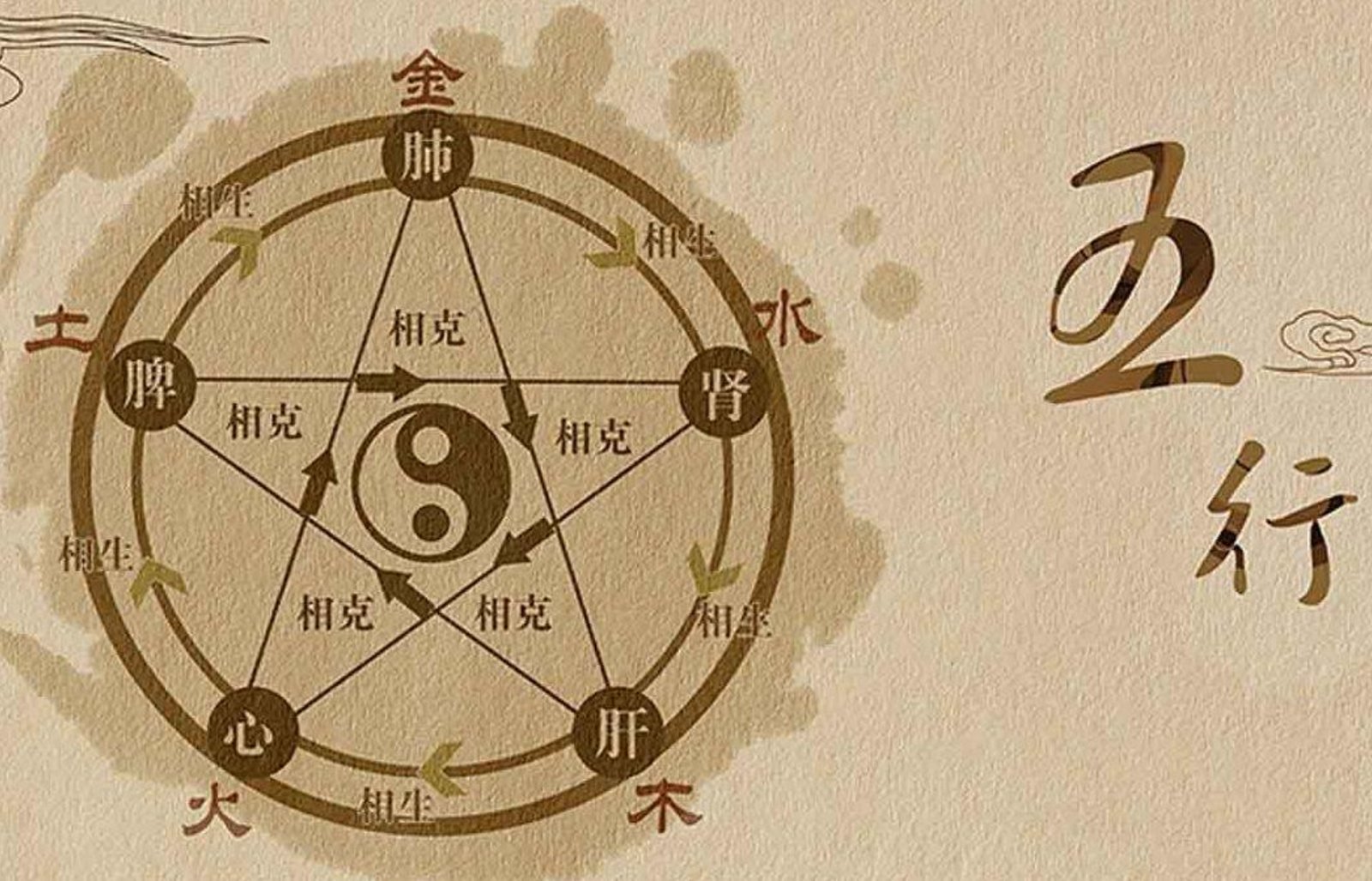

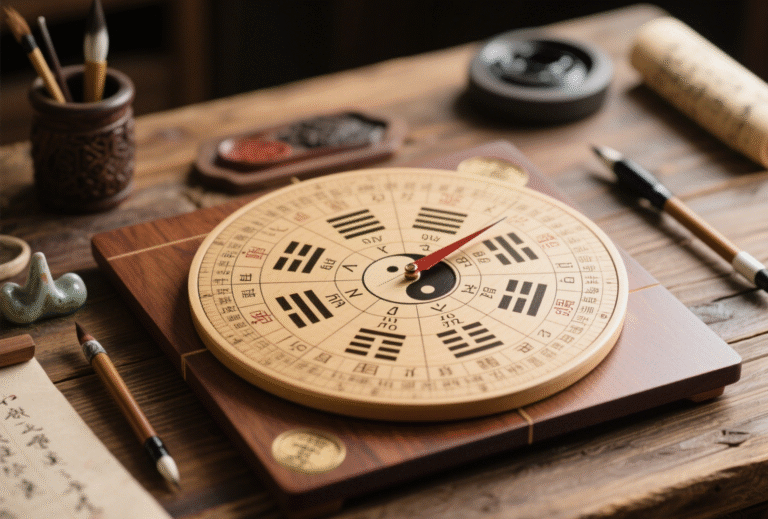
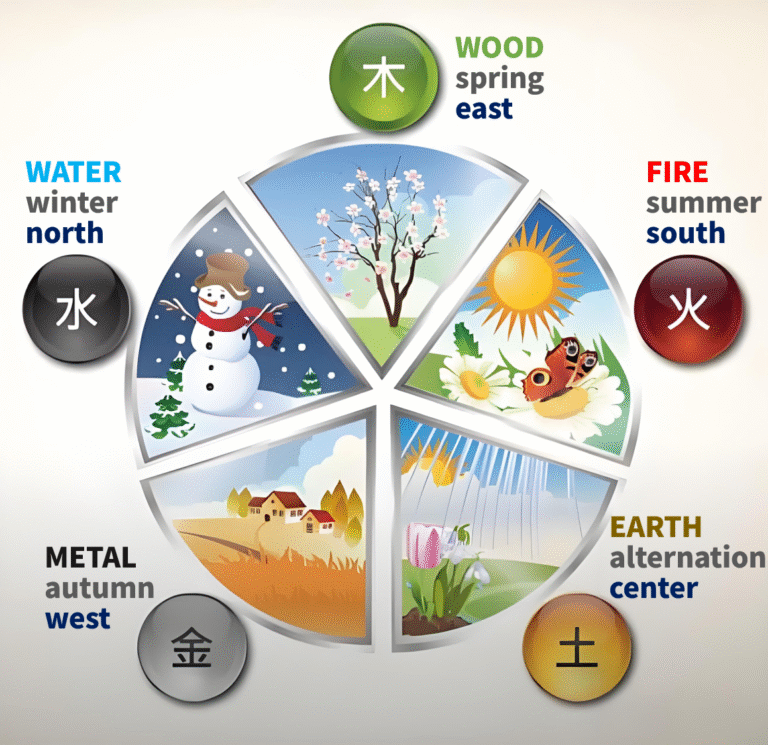
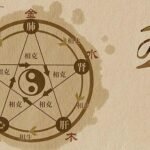

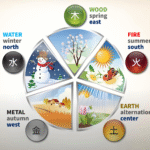

amazing